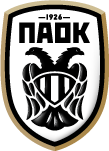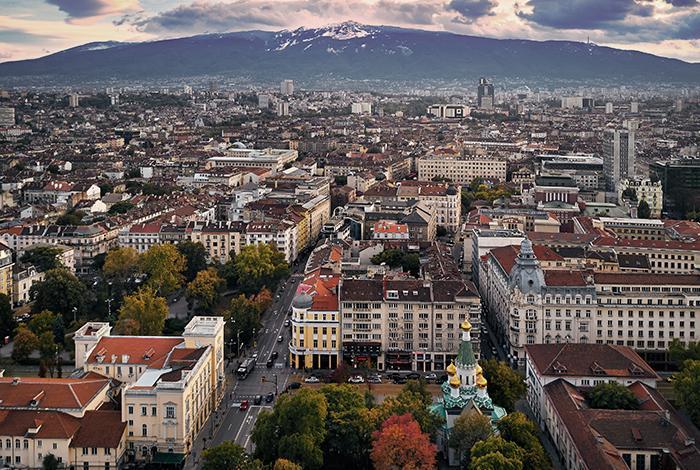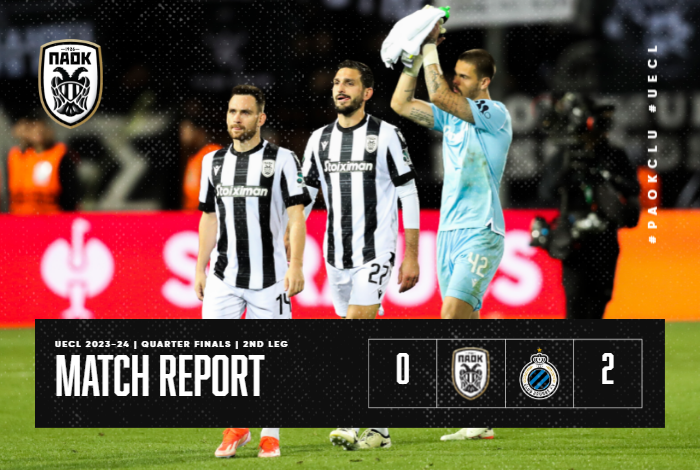Sofia: «Ever Growing, Never Aging»
While there may not be an upcoming trip for PAOK supporters to Sofia for the game, paokfc.gr transports you to the capital of Bulgaria and presents you with a detailed travel guide in case you do decide to visit.
Sofia does not pretend to be anything other than what it is. The city that is «ever growing, never aging», is a quiet Balkan capital that tries to look timidly towards the west. It moves at a leisurely pace and at the same time is full of the vibrancy of the students of its numerous universities. It is known for some historical sightseeing and a low-budget trip right on our doorstep.
Sofia is one of the oldest cities in Europe, a place where humans first settled since at least 7,000 BC, hence the motto «ever growing, never aging». In fact, the oldest official mention of the city was in the 7th century BC.
The city center of Sofia

Although outside the city limits the scene is more reminiscent of the decadence of other eras, the city center itself demands your attention. It is dotted with imposing churches, Christian domes, Ottoman mosques and Red Army monuments.
- Walk along Vitosha Avenue, the pedestrianized part of the city, and enjoy the dozens of shops and all day cafés lined up on the cobblestones.
- Enjoy a walk in the Sofia Cultural Center Park, which stretches across the southern part of the center and is a huge oasis with fountains, beautiful flowers and an imposing Cultural Center and outdoor café.
- Do not miss the Sredets district, south of the Cathedral, with its narrow streets famous for their student life and modern or retro micro-shops on every corner.
- Enjoy the numerous exceptional options for food and drinks.
Nevsky Cathedral

A symbolic temple for the whole of Bulgaria, it was built at the end of the 19th century in memory of the 200,000 Russian soldiers who were killed fighting for Bulgarian independence against the Ottomans. It stands out for its gilded domes and onyx interior decoration.
Agia Sofia Church
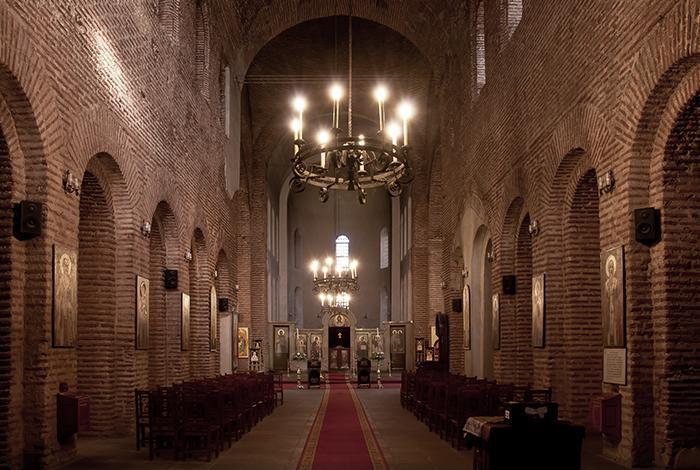
The construction of the church dates back to the 6th century and is the second oldest in Sofia. Although it is a fairly simple building, the Church of Agia Sofia gave the city its current name (in the 14th century), automatically making it one of the most important parts of the city. The church can be visited and… it houses 1,500 year old tombs!
The Ancient City of Serdica
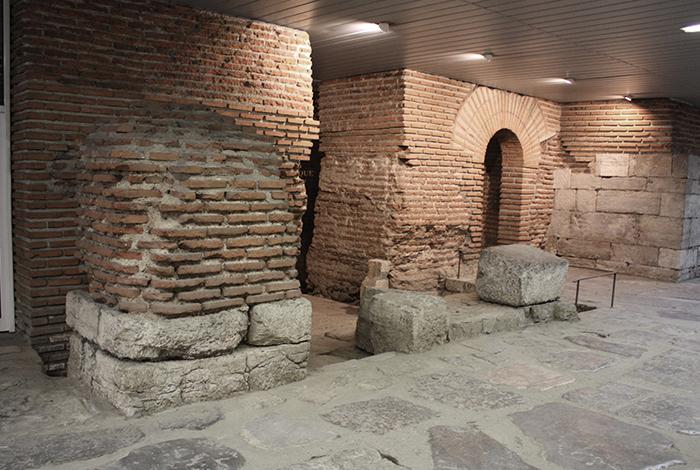
Below the metro station of the same name in the center, there is a complex of archaeological findings, with eight streets and the ruins of royal temples, baths and residences of the 4th century, when the city named Serdica existed here.
The Archaeological Museum
Housed in a 15th-century mosque, it contains treasures found in Thracian lands, as well as finds from Roman and medieval times, from elaborate mosaics to burial masks and sculptures.
The History Museum of Sofia and the National History Museum
One is housed on the two floors of old Ottoman baths, the other in the former presidential palace of the communist period. Very close to the National History Museum (and with teh same ticket), is the Boyana Temple, included in the UNESCO World Heritage List thanks to its 90 frescoes, some of the most characteristic examples of medieval Bulgarian art.
Mount Vitosha
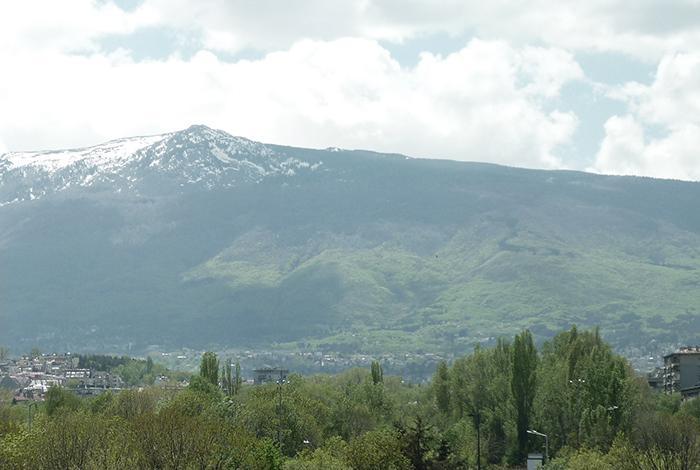
Vitosha Mountain National Forest is a green oasis a stone’s throw from the capital. The trails are a must for hiking and mountain climbing enthusiasts.
